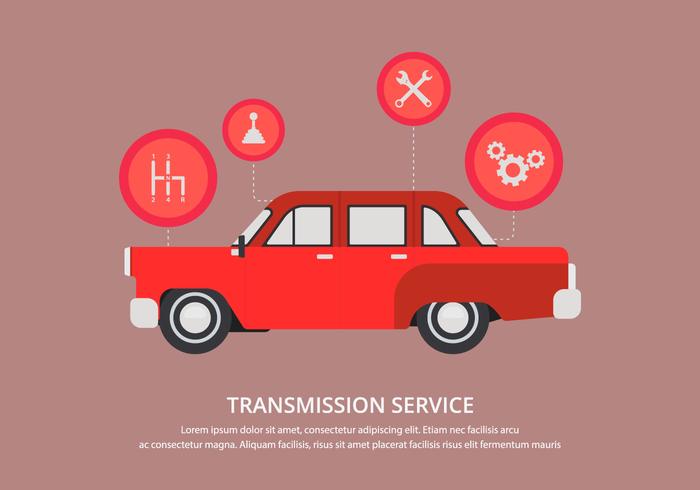Comprehending Your Vehicle'S Caution Lighting: What Do They Really Mean?
Comprehending Your Vehicle'S Caution Lighting: What Do They Really Mean?
Blog Article
Team Writer-Boye Shepherd
When you're behind the wheel, those beautiful caution lights on your dashboard can be a bit difficult. Do you understand what they're trying to tell you about your auto's health and wellness? Understanding https://instantoilchange85062.vblogetin.com/35851326/looking-to-discover-the-top-automobile-repair-shop-in-your-area-discover-the-top-10-pointers-that-will-allow-you-to-make-a-well-informed-choice of these lights is crucial for your security and the durability of your lorry. So, the next time one of those lights pops up, would not you intend to understand its message precisely and take the necessary steps to address it?
Common Caution Lighting and Interpretations
Identify common caution lights in your car and understand their definitions to make certain secure driving.
One of the most common caution lights consist of the check engine light, which signifies concerns with the engine or emissions system. If https://www.ourquadcities.com/news/local-news/qc-auto-repair-shops-wait-months-for-certain-parts/ comes on, it's critical to have your vehicle inspected without delay.
The oil pressure cautioning light indicates low oil stress, needing immediate interest to prevent engine damages.
A flashing battery light might suggest a faulty billing system, potentially leaving you stranded if not addressed.
The tire stress surveillance system (TPMS) light signals you to low tire pressure, impacting lorry stability and gas effectiveness. Neglecting this might cause dangerous driving problems.
The abdominal muscle light indicates a trouble with the anti-lock braking system, compromising your capacity to quit quickly in emergencies.
Last but not least, the coolant temperature level alerting light warns of engine overheating, which can cause extreme damages otherwise settled promptly.
Recognizing these usual caution lights will certainly help you address concerns promptly and keep risk-free driving problems.
Importance of Prompt Focus
Comprehending the common caution lights in your vehicle is only the primary step; the relevance of promptly resolving these warnings can not be emphasized enough to guarantee your security when traveling.
When a caution light brightens on your control panel, it's your auto's way of interacting a possible issue that requires focus. Ignoring these warnings can result in much more serious troubles later on, jeopardizing your security and potentially costing you more out of commission.
Prompt interest to cautioning lights can stop break downs and crashes. As an example, a blinking check engine light could show a misfire that, if left unattended, can trigger damages to the catalytic converter. Resolving this quickly can conserve you from a costly repair work.
In a similar way, a brake system cautioning light might indicate reduced brake fluid or worn brake pads, crucial components for your security when driving.
Do It Yourself Troubleshooting Tips
If you see a caution light on your dashboard, there are a few DIY fixing tips you can attempt before looking for professional help.
https://cheapoilchange28405.kylieblog.com/30760412/individual-reflection-enhancing-my-worn-out-car-with-a-weekend-break-describing-experience is to consult your auto's guidebook to comprehend what the details warning light shows. Sometimes visit the next website page can be as basic as a loosened gas cap causing the check engine light. Tightening the gas cap might settle the trouble.
Another usual concern is a reduced battery, which can set off numerous advising lights. Examining the battery connections for rust and ensuring they're safe may repair the issue.
If a warning light continues, you can try resetting it by separating the car's battery for a couple of mins and afterwards reconnecting it. Additionally, examining your lorry's liquid levels, such as oil, coolant, and brake liquid, can assist repair alerting lights related to these systems.
Conclusion
To conclude, comprehending your automobile's caution lights is important for maintaining your automobile running smoothly and securely. By quickly dealing with these signals and understanding what they suggest, you can avoid pricey repair services and possible malfunctions.
Bear in mind to consult your car's guidebook for specific information on each advising light and take action accordingly to guarantee a trouble-free driving experience.
Remain notified, stay secure when traveling!
